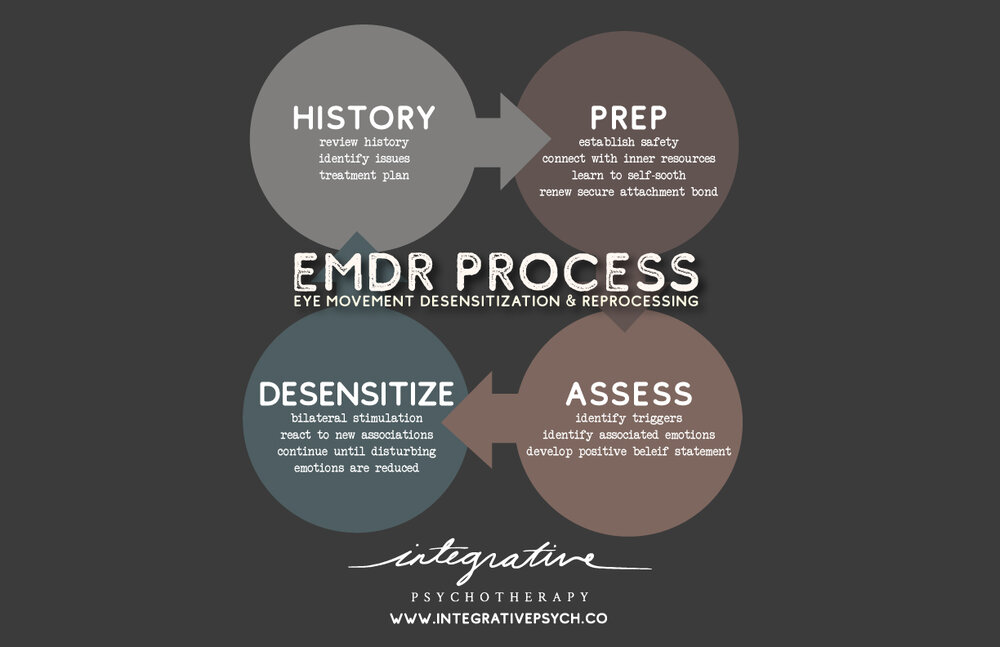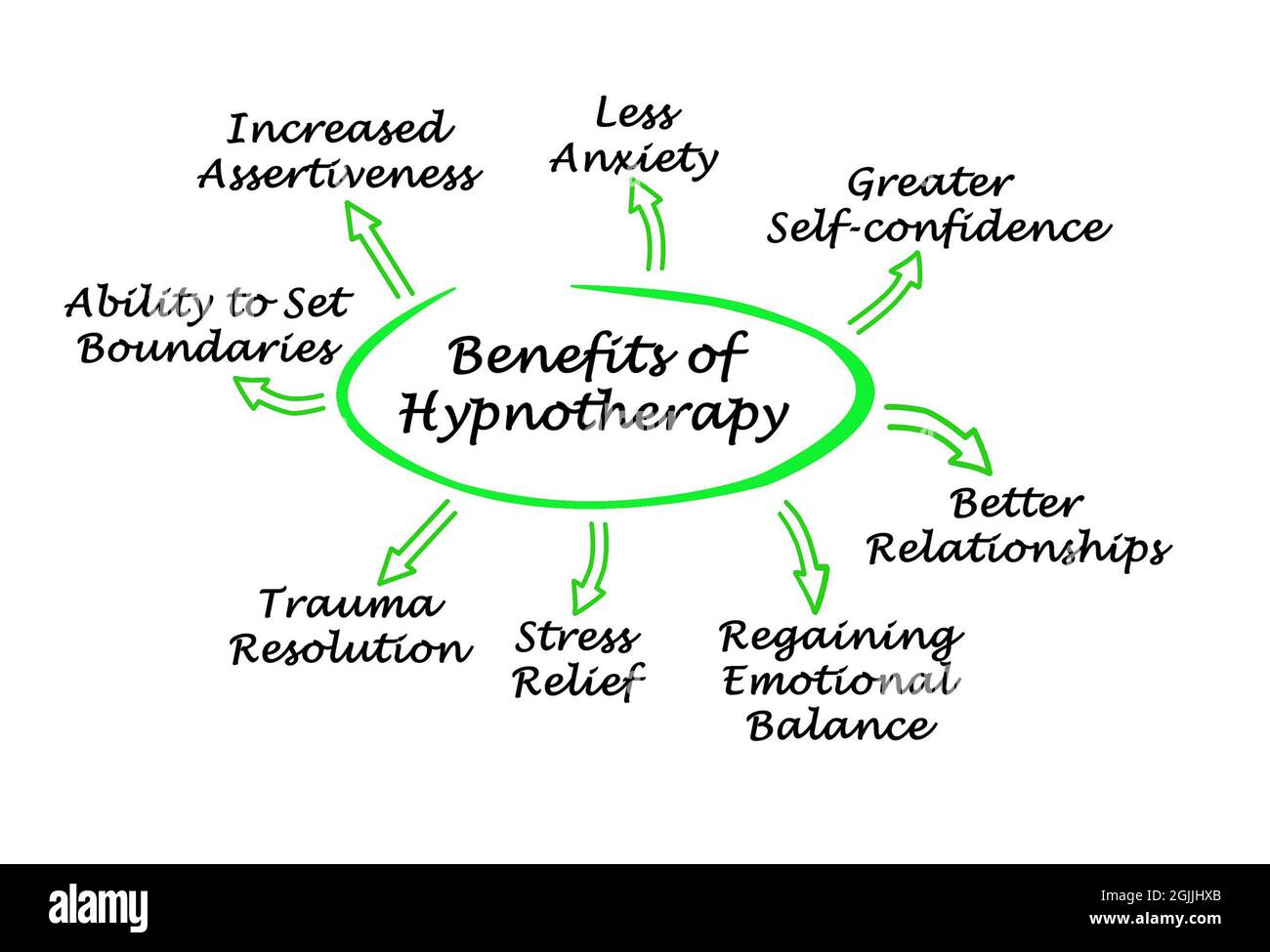
Jacobson's relaxation method is a technique that aids cancer patients in releasing tension and improving their sleep. This exercise is a cumulative and progressive process. This exercise helps to calm the mind and gives patients more energy. People with various health conditions will benefit from it as it helps to manage anxiety and stress. Jacobson’s relaxation technique can help you relax.
Jacobson’s relaxation technique is a type or progressive relaxation. It involves focusing on the breath and the body while relaxing specific muscle groups. It can be combined with other techniques such as mental imagery or breathing exercises. Yoga is one example of this technique. This practice is centered on the breath and body, which can reduce tension and help prevent negative thoughts from taking control. It can help reduce stress and depression by being practiced regularly.

Before you perform any surgery, it is a good idea to teach your patients the Jacobson relaxation technique. It can be used to increase sleep and distract attention. It can be used to reduce pain and is a wonderful addition to post-operative rehabilitation. It is a tried and true technique that should be included in your postoperative care. It should be taught in all gynecology departments.
Jacobson relaxation therapy uses specific muscle groups in order to relax the mind. It is also known for progressive muscle relaxing therapy. It can improve your ability to pay attention to your body and mind. Edmund Jacobson invented the method in the 1920s. He believed that the act relaxing muscles would make people feel relaxed. This experiment led to the expression "relax." It is an easy technique that is beneficial to both physical and psychological health.
Jacobson relaxation technique can be a simple and straightforward technique. The Jacobson relaxation technique involves simultaneously relaxing and tensioning 14 muscle groups. It is great for people suffering from chronic pain. Jacobson relaxation is a technique that has been around almost 80 years and is still used frequently in hospitals. Doctors are also familiar with the Jacobson relaxation technique.

Jacobson relaxation works by relaxing specific muscle segments and tightening them. It's an easy and effective way to relax the body, and it's also highly effective for insomnia. It has been studied several times and has shown some promise. Jacobson relaxation involves focusing on your toes and feet and relaxing the muscles in your legs. It is beneficial for people who have difficulty sleeping and can also be used by those who suffer from stress.
FAQ
What is the difference in a virus and bacteria?
A virus can be described as a microscopic organism that cannot reproduce in another cell. A bacterium, a single-celled organism, reproduces by splitting into two. Viruses have a very small size (about 20 nanometers), while bacteria is larger (up to one micron).
Viruses are usually spread through contact with infected bodily fluids, including saliva, urine, semen, vaginal secretions, pus, and feces. Bacteria are usually spread through direct contact with contaminated objects or surfaces.
Viral infections can also be introduced to our bodies by a variety of cuts, scrapes or bites. They can also be transmitted through the eyes, nose, mouth, ears, rectum, and anus.
Bacteria can be introduced to our bodies by cuts, scrapes or burns. They can also get into our bodies via food, water or soil.
Both bacteria and viruses can cause illness. But viruses do not have the ability to multiply within their hosts. Viral infections can only cause diseases in living cells.
Bacteria can grow in their hosts and cause disease. They can invade other areas of the body. To kill them, we must use antibiotics.
What is the healthiest lifestyle to life?
You can live a healthier lifestyle if you eat healthy food and exercise regularly. These guidelines will help you live a long, healthy life.
It's easy to start small with your exercise and diet. To lose weight, you can start walking for 30 mins each day. If you're looking for a way to increase your activity, consider taking up swimming or dancing. An online fitness program such as Strava or Fitbit that tracks your activity could be a good option.
What are 7 tips for a healthy and happy life?
-
You should eat right
-
Exercise regularly
-
Sleep well
-
Get plenty of water.
-
Get adequate rest
-
Be happy
-
Smile often.
Statistics
- The Dietary Guidelines for Americans recommend keeping added sugar intake below 10% of your daily calorie intake, while the World Health Organization recommends slashing added sugars to 5% or less of your daily calories for optimal health (59Trusted (healthline.com)
- Extra virgin olive oil may benefit heart health, as people who consume it have a lower risk for dying from heart attacks and strokes according to some evidence (57Trusted Source (healthline.com)
- According to the 2020 Dietary Guidelines for Americans, a balanced diet high in fruits and vegetables, lean protein, low-fat dairy and whole grains is needed for optimal energy. (mayoclinichealthsystem.org)
- In both adults and children, the intake of free sugars should be reduced to less than 10% of total energy intake. (who.int)
External Links
How To
What does the term "vitamins" mean?
Vitamins are organic compounds that can be found in foods. Vitamins help us absorb nutrients from foods we eat. The body cannot make vitamins; therefore, they must be obtained from food.
There are two types of vitamins: water soluble and fat soluble. Water-soluble vitamins dissolve readily in water. Examples include vitamin C,B1 (thiamine), B2 (riboflavin), B3 (niacin), B6 (pyridoxine), folic acid, biotin, pantothenic acid, and choline. Fat soluble vitamins are stored in the liver and fatty tissue. Examples include vitamin D, E, K, A, and beta carotene.
Vitamins can be classified according to biological activity. There are eight major groups of vitamins:
-
A - Essential for healthy growth and health maintenance.
-
C - vital for proper nerve function, and energy production.
-
D - essential for healthy bones, teeth, and gums.
-
E is necessary for good vision, reproduction.
-
K – Required for healthy nerves & muscles.
-
P – vital for building strong bones.
-
Q - Aids in digestion and absorption.
-
R - necessary for making red blood cells.
The recommended daily allowance (RDA), for vitamins, varies depending upon age, gender, or physical condition. The U.S. Food and Drug Administration sets RDA values.
For example, the RDA for vitamin A is 400 micrograms per dayfor adults 19 years or older. For fetal development, pregnant women need 600 mg per day. Children ages 1-8 require 900 micrograms per day. Infants below one year old require 700mg per day. But, between 9 months to 12 months, the amount drops to 500mg per day.
Children aged 1-18 years need 800 micrograms daily, while children overweight require 1000 micrograms per days. Children who are severely obese or underweight will need 1200 micrograms each day.
Children aged 4-8 years old who have been diagnosed as having anemia require 2200 micrograms of vitamin C per day.
2000 micrograms are required daily for good health in adults over 50. Due to their increased nutrient needs, pregnant and breastfeeding women need 3000 micrograms daily.
Adults over 70 require 1500 micrograms each day, since they lose around 10% of their muscle mass every decade.
Women who are pregnant and lactating need more nutrients than the RDA. Pregnant women require 4000 micrograms daily during pregnancy, and 2500 micrograms every day after birth. Breastfeeding mothers require 5000 micrograms daily when breast milk production is occurring.